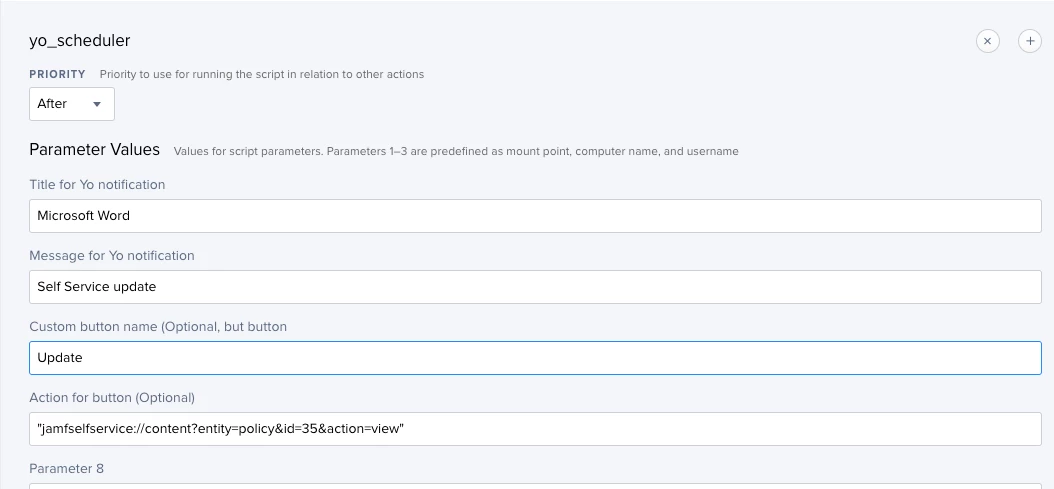Hi all, for anyone who uses Yo, I was wondering if someone could give me the best way to do this. I have pushed out the pkg to all machines complete with images for the notifications .... and from there I have been pushing a script from Jamf to send out the notifications
i.e.
yo_scheduler -t "A Google Chrome update is availible", however, the notification seems to fail on all machines
Is there a better way to do this than I am currently attempting?...











